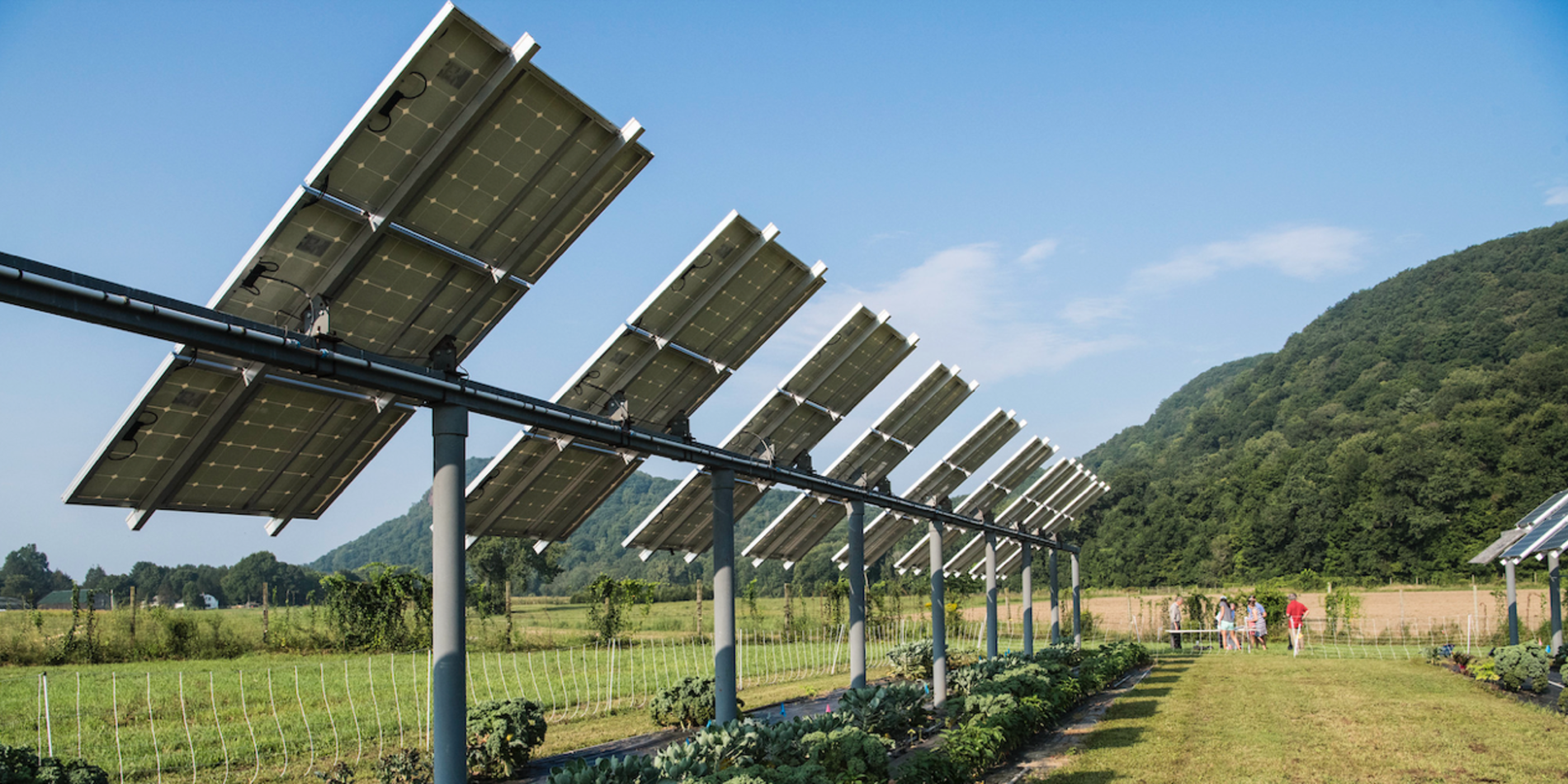Smart Grid Workshop: Experts Sketch Makeover for Transmission and Distribution of Electricity
In the not too distant future, when the U.S. electric system depends heavily on wind and solar power, momentary shortages of juice due to flagging winds or cloud cover may be countered by millions of idle electric cars putting power back on the grid and air conditioners automatically easing when power market prices spike.
Researchers, utility executives, investors and technology start-up managers outlined at Stanford University how the current dilapidated system might transform into this vision of a "smart grid." The U.S. urgently needs to expand and modernize its electrical transmission and distribution, said Stacey Bent, director of the TomKat Center for Sustainable Energy, which sponsored the one-day workshop.
"We must overcome a lot of challenges to do this," said Bent. "Beyond the cost, which is estimated to be over $800 billion, there are technical, investment, regulatory and legislative, and cultural barriers. That’s why a conference like this, which gathers leaders from across the energy spectrum, is important. No one area of expertise can solve all this."
A full makeover requires investment of that size, an estimate which Bent attributed to a recent U.S. National Academies of Science and Engineering report. The existing grid was built for an era in which utilities tracked electricity use and responded simply by firing up increasingly inefficient generators as needed to meet that demand and avoid blackouts. Some of this has begun to change, with many large businesses paid to reduce use during shortages, but at the local level, it’s mostly just wires. Electric utilities find out a neighborhood is dark when a customer calls.
Building a grid that can cost-effectively manage intermittent renewable supplies, millions of price-responsive customers, huge batteries and other widely distributed resources – all while limiting fossil fuel-based generation – may seem overwhelming. But, according to workshop co-chair Amit Narayan, much of the work on the solutions is just now coming to fruition.
"This is a very exciting time. In the next few years, I think we will be able to realize a lot of the potential," said Narayan, who directs Stanford’s Smart Grid Research in Modeling and Simulation, and is chief executive of AutoGrid, Inc.
With most U.S. states requiring utilities to get a significant portion of their supplies from renewable resources in the near future, power companies have to get a lot more control over some part of electricity use, the experts agreed.
"The distribution system fundamentally was never designed to do what we are seeking to do. It’s at the end of its life cycle and due for a major replacement," said Paul De Martini, managing director at Newport Consulting Group. "How do we make sure we don’t replace like for like? What should the design of the 21st century distribution system look like, such that it will support what we want it to do?"
Though few of the questions on how a completely new kind of grid will work have been answered, experts agree that plunging costs for communications and sensing devices present the prospect of reducing dependence on fossil fuels, lowering costs, improving safety, and - for some companies – making a lot of money.
"Smart grids provide a tremendous opportunity for changing the way power is delivered and consumed. Capitalizing on new sensor technology and sophisticated optimization tools can significantly improve the robustness of the grid," said Andrea Goldsmith, a professor in Stanford’s Department of Electrical Engineering. Goldsmith’s research team has developed an algorithm for the optimal use of sensors to instantly detect power outages and cyberattacks in the grid.
Utilities in many states are spending billions of dollars installing advanced meters in homes, though experts agree that these devices are not well utilized, at least yet. "There is a tremendous opportunity for developers to come in and convert all that data into intelligence and communicate it back to the utilities," said Narayan, who is setting up cloud-based software for utilities to simulate large, dynamic systems where consumers large and small can respond automatically to price changes.
Ram Rajagopal, assistant professor of civil and environmental engineering and co-chair of the workshop, is working on a portfolio of projects to help incorporate a significant penetration of renewable energy. One would help utilities control their distribution systems in a decentralized but coordinated way, as they control generation and transmission systems today.
"The problem is you would have to aggregate all that information and then distribute it back, which may not be possible," Rajagopal said. "Instead, you could group resources into clusters. Cluster managers would balance flows inside the cluster and with other clusters, seeking to meet demand at least cost. You would be using more of your slack capacity and creating an interface in which you can incorporate new services."
Rajagopal is also developing airborne wind sensors that are inexpensive enough to be deployed in large numbers well upwind of turbine fields. Such sensing arrays would better predict changes to wind power output and enable system operators to react more efficiently to varying conditions. The sensors will be significantly more cost effective than existing deployments, enabling large networks to be installed at a fraction of the cost.
Another barrier for renewables is distance. Areas that are great for generating wind and solar power, like the wind-swept plains of North Dakota, are often far from large cities, pointed out Kevin Tomsovic, electrical engineering and computer science professor at the University of Tennessee. "You can’t make people move, so transmission networks will have to play big role."
Tomsovic is working on a system to balance supply and demand, and manage disturbances like generators shutting down unexpectedly, automatically over wide areas, such as the entire western United States. To date, local utilities mostly have fended for themselves and phoned each other’s control rooms when they needed help.
Many other innovations were discussed at the workshop. The optimization of tens of thousands of distributed resources for the most cost-effective dispatch in seconds is the subject of work by Stephen Boyd, an electrical engineering professor at Stanford. General Electric is working on everything from price-responsive appliances to smoother output from its wind turbines. Foundation Capital expects to invest in "disruptively low-cost sensing devices," said general partner, Steve Vassallo.
Utilities will rely on researchers and technology companies to develop the tools needed -- from the scale of Tomsovic’s enlarged control areas down to home appliances that respond automatically to power prices.
Noting that utilities are limited in the amount of innovation that they can do, Robert Sherick, who oversees advanced technology engineering for Southern California Edison, aimed to engage university researchers in attendance: "You folks have to find a way to come up with very good ideas, figure out how to implement them in this very complicated environment, and then convince politicians and regulators that we should do this."
Economically, system upgrades should pay off by reducing transmission line congestion and, thus, fostering more competition among power suppliers. In a recent study by Stanford economist Frank Wolak, a theoretically enhanced grid in Alberta, Canada would have saved the province’s consumers $2 billion in electricity costs over three years.
Mark Golden is communications/energy writer for the Precourt Institute for Energy.



